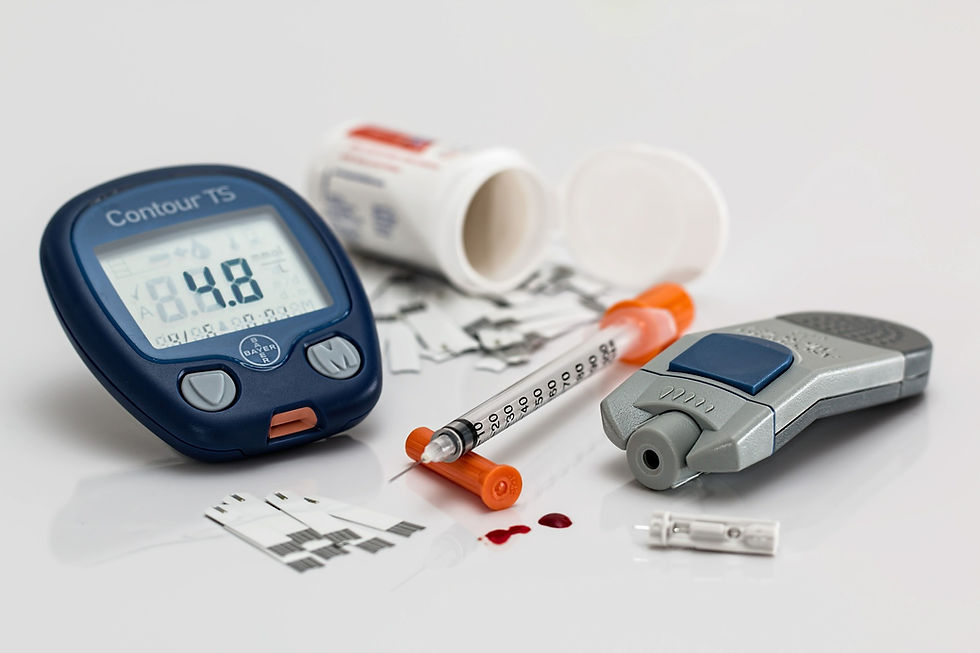
According to the American Diabetes Association, 34.2 million people are diagnosed with diabetes every year. Furthermore, 14.3 million of those people are age 65 and older.
I have been a nurse for 16 years, with the last 4 years specializing in Care Management. It wasn't until then that I realized that it is very hard for seniors with diabetes to manage their healthcare, due to lack of keeping logs. I've noticed my clients have found great success in diabetes management using diabetic logs over the years.
A1C Levels
I have had several clients with A1C's above 13 (the normal A1C for a diabetic is 5.6 percent or below). First off, a lot of people do not understand what an A1C level is - this is your average blood glucose level of 2-3 months. Lowering A1C has been associated with a reduction of microvascular and neuropathic complications of diabetes, according to the ADA. Lowering A1C levels can also lower the risk of myocardial infarction and cardiovascular death.
I usually start with educating my clients on their A1C levels, and then teach them how to review their averages with monitors. Most of the time, a high A1C of greater than 10 means the client is probably not keeping track of their blood sugar readings. This is where I suggest keeping a log - this means writing it down physically, instead of keeping it in the monitor and handing it over to the doctor.
How to Manage Diabetes Using Diabetic Logs
I provide all my clients with a monthly log that has a place for 6 entries. I usually start out labeling it "before breakfast," "before lunch," "before dinner," and "at bedtime." The logs also have the date and the day of the week for easier management. At the top of the log, I write their 7-day average, 14-day average, 30-day average, and 90-day average. Then at the bottom of the log, I write the normal readings before meals, after meals and normal A1C (Fasting 90-130, 2 hours after a meal under 180, bedtime 100-150, and A1C below 7%). I strongly encourage my clients to write down every single reading, and if they are severe diabetic, I have them write down how much insulin was taken. We usually have a separate sheet that includes insulins, dosage, and sliding scale. It is easier when it is placed on the fridge or with monitor for reminders.
When checking in with my clients, I will usually highlight their higher readings and we will talk about what they may have done differently that day that caused the readings to be elevated. Some reasons may be forgetting to take their insulins or eating a big, sugary meal. Praise is always done for hard work and encouragement is always done for some that missed it!
It usually takes about 3-4 months to see true progress in A1C levels when keeping logs. I have learned that when a doctor looks back through a meter, it is very hard to determine how the client is doing, the progress they make, or when the higher readings occur. However, when it is laid out in monthly logs with averages to the side and higher readings highlighted, the doctor can see it as a whole and make adjustments that are needed.
The logs are a really big part in successful blood sugar management! Here are some links where you can download free logs:

Opmerkingen